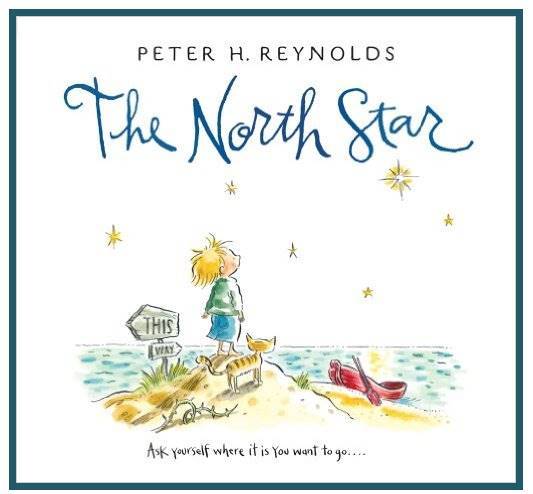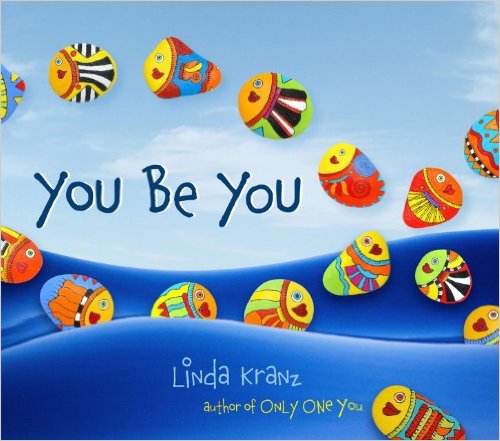
More than any other month, February focuses our attention on affairs of the heart. Usually this conjures thoughts of romance or affection. Let’s consider instead, another vital role our hearts play: they help us to connect with our core Purpose and values. Our hearts have an inner knowing that recognizes the what and why of our lives. Of course, children are not consciously aware of such conceptual thoughts. Yet they have an intuitive ability to understand metaphor and the way it can explain big ideas.
 The North Star written and illustrated by Peter Reynolds, is a gem of a book that explores the notion of a guiding purpose, a compass to follow throughout our lives. As the boy travels through life, he recognizes that he is on a journey. He comes to understand that everyone must follow the inner knowing of one’s heart to carve out a life.
The North Star written and illustrated by Peter Reynolds, is a gem of a book that explores the notion of a guiding purpose, a compass to follow throughout our lives. As the boy travels through life, he recognizes that he is on a journey. He comes to understand that everyone must follow the inner knowing of one’s heart to carve out a life.
Sometimes one is content to follow a well-trodden path commonly pursued by many. Blindly “following the well-worn path, he had a growing feeling that he was lost.” He discovers the importance of taking the path less traveled, the one that only he can blaze. He comes to appreciate that each of us journeys on our own path.
Beautiful illustrations in ink and watercolor perfectly capture the dreamy and magical quality of the story. Five Stars
![]()
![]()
![]()
![]()
![]()

AQ Lens: In an effort to “fit in,” adopted children often find it easier to follow the traditional patterns of their adoptive family. They may do this for many reasons: to “please” parents; to avoid looking different; because they believe they aren’t “allowed” to be different; or for another reason.
The North Star opens an easy opportunity to talk about remaining true to oneself, of listening to that quiet inner voice that frames the core of who one is. Parents might want to directly reinforce their desire to nurture their child’s talents, both those they have in common as well as those that stem from the child’s biology.
Adoptive families must constantly convey that both/and attitude that emphasizes love, acceptance and appreciation of their child’s dual heritage and reassure children that they need not surrender or suppress part of themselves in a mistaken notion that it is unwelcome.

You Be You by Linda Kranz is a riotous fest of color and whimsy with a big message. It celebrates individuality and commonality in equal measure. Some “fish” are big, some little; some swim with the group; some swim on a solitary journey. Each is following their compass. “We all have something special that only we can share.” There’s a place for all.
Graffitti-style messages decorate the end papers. Each one invites discussion.
Five Stars
![]()
![]()
![]()
![]()
![]()

AQ Lens: Adoptive families will want to frequently explore concepts like individuality, commonality and difference. Each stands as an important part of the dynamics in adoption. Conversations can, in age-appropriate language explore the idea of being genuine–often a “hot” topic for adoptive families.
Questions worth exploring are: What is a “real” family? “Real parent” “Real” sibling? How is each family member both unique and different? Why do both have value? How does difference/similarity enrich families?
Readers might want to check out, Only One You also by Linda Kranz which also focuses on the importance of being one’s best self.


